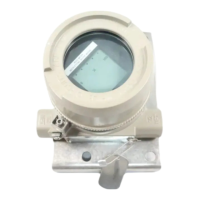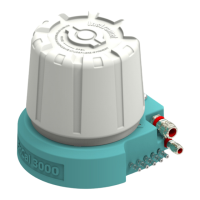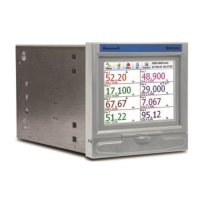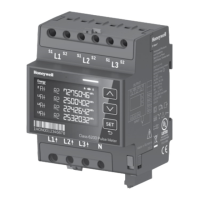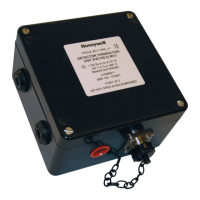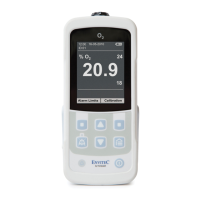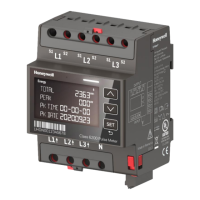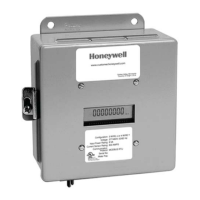IMPORTANT! BUMP TEST THE MONITOR BEFORE EACH DAY’S USE
Prior to each day’s use, every gas detection monitor should be bump tested to confirm the
response of all sensors and activation of all alarms by exposing the monitor to a concentration
of target gas that exceeds the low alarm set point. A bump test is also recommended if the
monitor has been subjected to physical impact, liquid immersion, an Over Limit alarm event, or
custody changes, or anytime the monitor’s performance is in doubt.
To ensure greatest accuracy and safety, only bump test and calibrate in a fresh air
environment.
The monitor should be calibrated every time it does not pass a bump test, but no less
frequently than every six months, depending on use and exposure to gas and contamination,
and its operational mode.
l
Calibration intervals and bump test procedures may vary due to national legislation.
l
Honeywell recommends using calibration gas cylinders containing the gas that is
appropriate to the sensor you are using, and in the correct concentration.
Special Notes
When the instrument is taken out of the transport case and turned on for the first
time, there may be some residual organic or inorganic vapor trapped inside the
detector chamber. The initial PID sensor reading may indicate a few ppm. Enter an
area known to be free of any organic vapor and turn on the instrument. After running
for several minutes, the residual vapor in the detector chamber will be cleared and
the reading should return to zero.
The battery of the instrument discharges slowly even if it is turned off. If the
instrument has not been charged for 5 to 7 days, the battery voltage will be low.
Therefore, it is a good practice to always charge the instrument before using it. It is
also recommended to fully charge the instrument for at least 10 hours before first
use. Refer to this User Guide’s section on battery charging for more information on
battery charging and replacement.
Handheld PID Monitors 13 User Manual
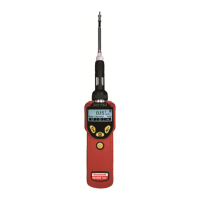
